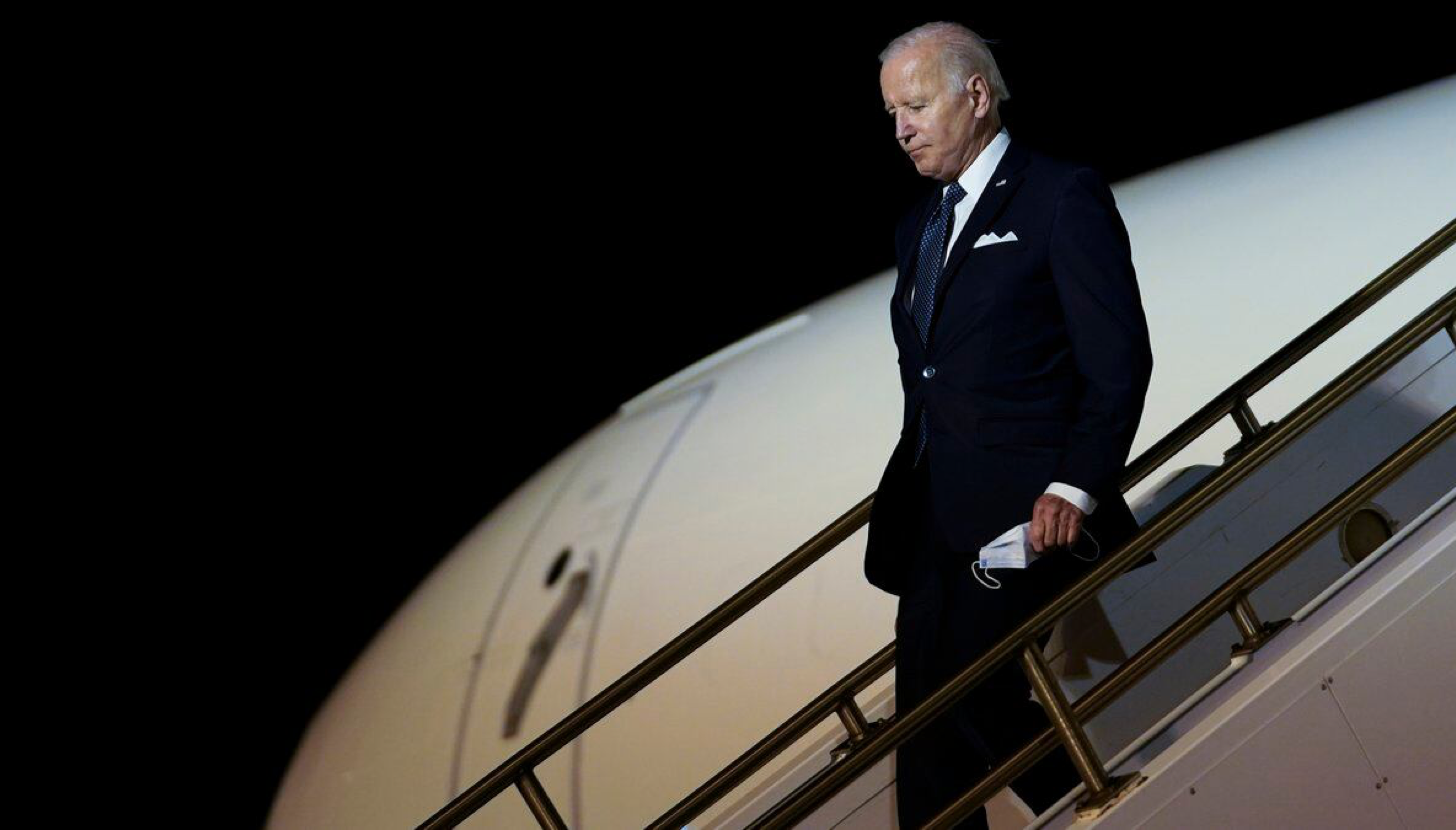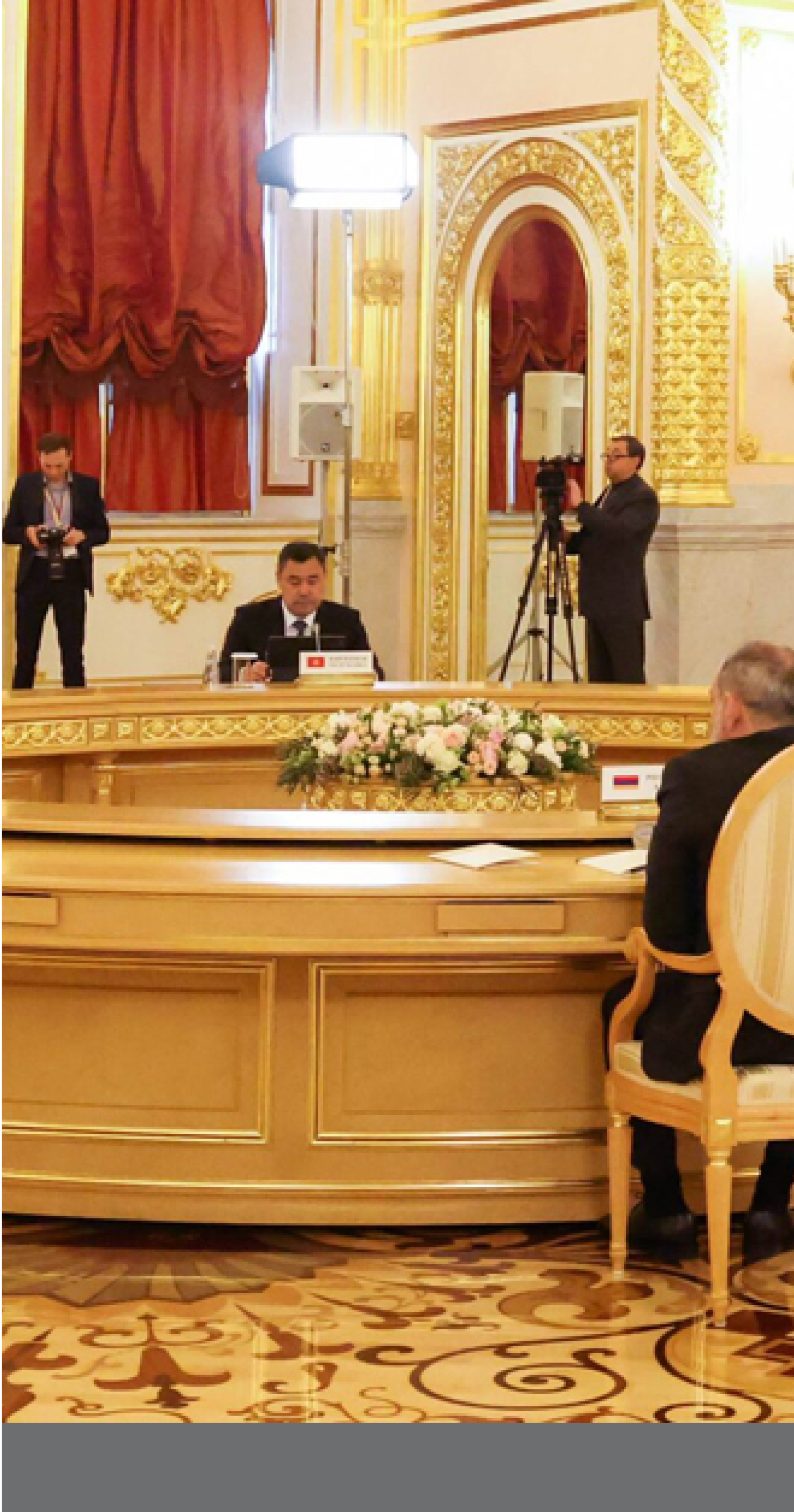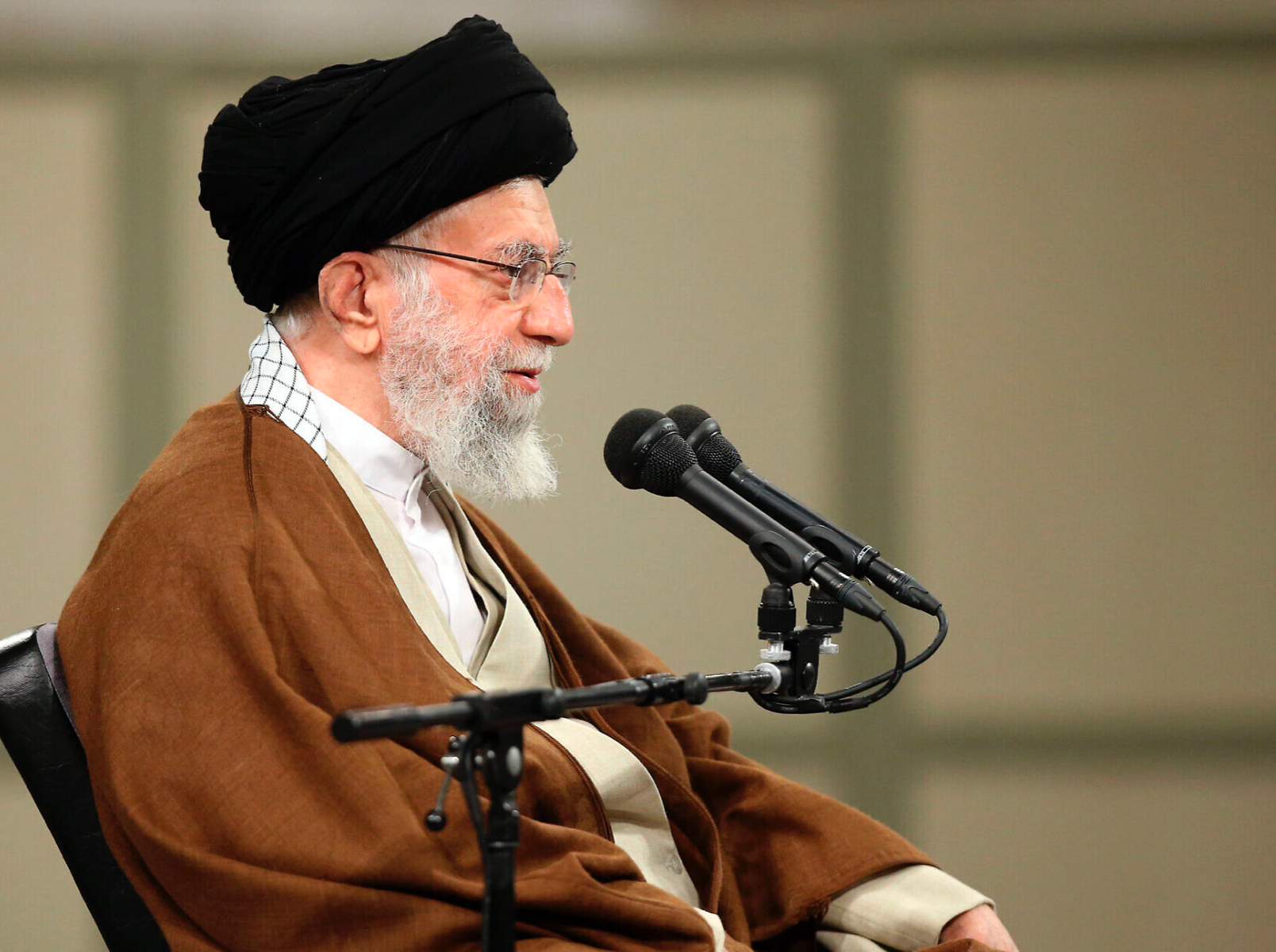What Happened?
On August 25, 2024, thirty minutes before Lebanese Hezbollah launched 320 missiles, shells, and drones in its largest arial attack on Israel since it engaged in the escalation on October 8, 2023, Israel sent 100 fighter jets into Lebanon in what Tel Aviv described as a pre-emptive attack on targets belonging to Hezbollah, Israel’s largest attack against Hezbollah since the 2006 war.
A Closer Look:
Hezbollah’s compound attack on Israel was in response to the July 30 assassination of the leader of its operation room, Fuad Shukr. The first phase of its attack—hundreds of shells launched against 11 military facilities in northern Israel—was meant to distract Israeli arial defenses, especially the Iron Dome, while drones in the second phase targeted the Glilot military base that houses the Israeli Military Intelligence (Aman).
However, before Hezbollah’s attack began, Israel launched an attack that destroyed thousands of missiles launchers in more than 40 Hezbollah locations in southern Lebanon. Israeli Prime Minister Benjamin Netanyahu stated that the Israeli army intercepted every drone launched against the military base in central Israel.
In fact, the Hezbollah’s response reveals the increasing difficulties it faces in restoring the deterrence balance with Israel, and the complex calculations surrounding the overall operations of what is called the “Resistance Axis.” These factors led to Hezbollah responding alone, excluding the collective response that had been anticipated.
A Turning Point!
The intensity of the Hezbollah response was less than what was expected after Secretary-General Hassan Nasrallah vowed on August 6 that it will be “strong, influential and effective” and will exceed the scope of the daily border skirmishes. Despite the fact that the attack was the largest it had launched against Israel since October 8, 2023, Hezbollah still forced to calm that the attack was effective.
Even though Hezbollah has issued three statements describing the attack, and Nasrallah publicly discussed its details, Hezbollah finds itself facing an Israeli narrative that downplays the response and its impact. It is unclear whether Hezbollah chose its response to prevent escalation—contradicting previous statements by Hezbollah and its leader—or if the pre-emptive Israeli strike thwarted its planned attack.
In either case, the response highlights Hezbollah’s main dilemma and its concerns about its intelligence exposure to Israel. It is likely that the Israeli announcement of deploying 100 fighter jets in the operation to thwart the attack was intended to convey that the pre-emptive strike was executed based on intelligence information rather than field data or observation of Hezbollah’s movements, as Nasrallah later claimed. Practically speaking, it is difficult to deploy that number of aircraft, coordinate their missions, and synchronize their flights within the geographically confined area of southern Lebanon to target 40 sites without prior preparation and readiness.
The turning point is represented by Nasrallah’s announcement of the end of the response without giving a clear indication that it restored the deterrence balance with Israel. This is likely to negatively impact the nature of the anticipated Iranian and Houthi responses, especially since Tehran knows the potential damage to its image if Israel thwarts its response before or during its execution. The pre-emptive Israeli strike has put Hezbollah in a very difficult position by narrowing its options, making it unable to carry out the response effectively or withdraw from it.
To prevent severe depletion of the Hezbollah’s leadership and infrastructure, it is likely that, in the coming phase, Hezbollah will reduce its escalation and stay within the limits of the implicit rules of engagement that have been followed since October 8. This was underscored by Israel’s targeting of Hezbollah weapon depots in the Bekaa Valley and its assassination of a Hezbollah missile unit official in southern Lebanon, both of which occurred on August 19.









